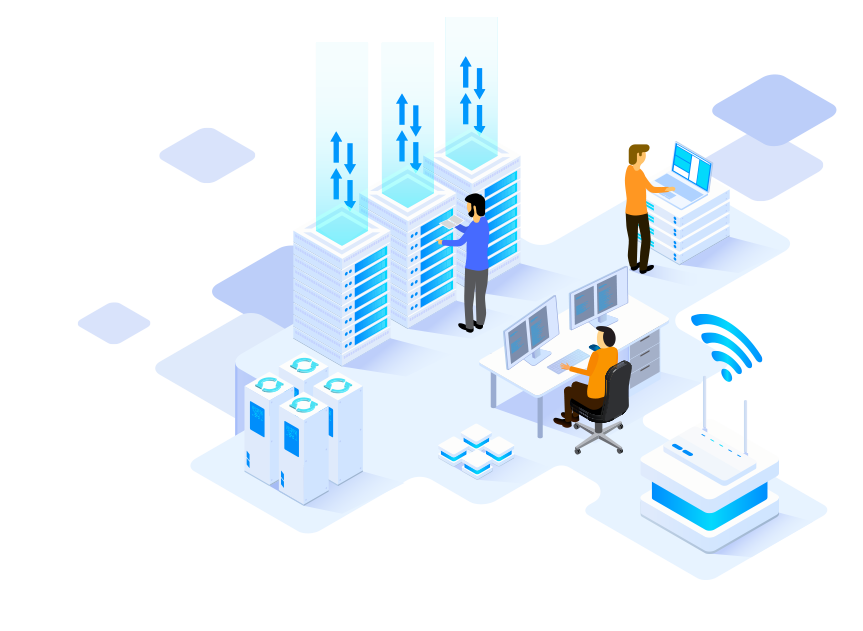In today’s rapidly evolving digital landscape, cyberattacks have become a prevalent and ever-growing threat to individuals, businesses, and organizations. The consequences of a successful cyberattack can be devastating, leading to data breaches, financial losses, and reputational damage. Understanding the types of cyber threats and implementing robust cybersecurity measures is crucial to safeguarding your digital assets. In this comprehensive guide, we delve into the world of cybersecurity attacks, their impact, and actionable steps to fortify your online defenses.
1. What are Cybersecurity Attacks?
Cybersecurity attacks refer to malicious activities orchestrated by cybercriminals to exploit vulnerabilities in computer systems, networks, and software. These attacks encompass a wide range of methods, including malware, phishing, ransomware, denial-of-service (DoS) attacks, and more. Understanding these attack vectors is the first step in bolstering your cybersecurity posture.
2. The Growing Threat Landscape
The digital realm has seen a significant increase in the frequency and sophistication of cyber threats. From individuals falling victim to email scams to major corporations experiencing large-scale data breaches, no one is immune to the dangers lurking in cyberspace. We explore some of the most prevalent types of cyberattacks and their potential consequences for victims.
3. Common Types of Cybersecurity Attacks
a. Malware: Malicious software, such as viruses, worms, Trojans, and spyware, can infiltrate your systems, steal sensitive information, or disrupt your operations.
b. Phishing Attacks: Cybercriminals use deceptive tactics to trick individuals into revealing sensitive information, often through emails or fake websites.
c. Ransomware: This notorious type of attack encrypts your data and demands a ransom for its release, crippling businesses and individuals alike.
d. Denial-of-Service (DoS) Attacks: By overwhelming a target’s network or website with traffic, DoS attacks render essential services inaccessible.
4. The Impact of Cybersecurity Attacks
The aftermath of a successful cyberattack can be far-reaching and severe. Businesses may face financial losses, customer distrust, and legal liabilities. Personal data breaches can lead to identity theft and invasion of privacy. This section sheds light on the profound consequences of cyber threats and the importance of implementing preemptive measures.
5. Strengthening Your Cybersecurity Defenses
a. Update Software and Systems Regularly: Keeping your software and operating systems up to date helps patch security vulnerabilities.
b. Train Employees in Cybersecurity Best Practices: Human error is a significant factor in cyber incidents. Educating your staff on identifying potential threats can significantly reduce risks.
c. Implement Multi-Factor Authentication (MFA): Adding an extra layer of security through MFA can prevent unauthorized access to critical accounts.
d. Conduct Regular Security Audits: Evaluating your security infrastructure through audits helps identify weaknesses and rectify them promptly.
In an interconnected world where cyber threats are omnipresent, bolstering your cybersecurity defenses is no longer an option but a necessity. Understanding the various attack vectors and their potential repercussions empowers you to take proactive measures to protect your digital assets. By staying vigilant, employing robust cybersecurity practices, and staying informed about the latest threats, you can navigate the digital landscape safely and confidently. Safeguarding your online presence is not only a personal responsibility but also a collective effort in creating a safer digital environment for all.
Want to learn more about Understanding Cybersecurity Attacks and How to Protect Your Digital Assets? Contact us

